HTC U11 vs HTC U11 life: what's different, what's similar?
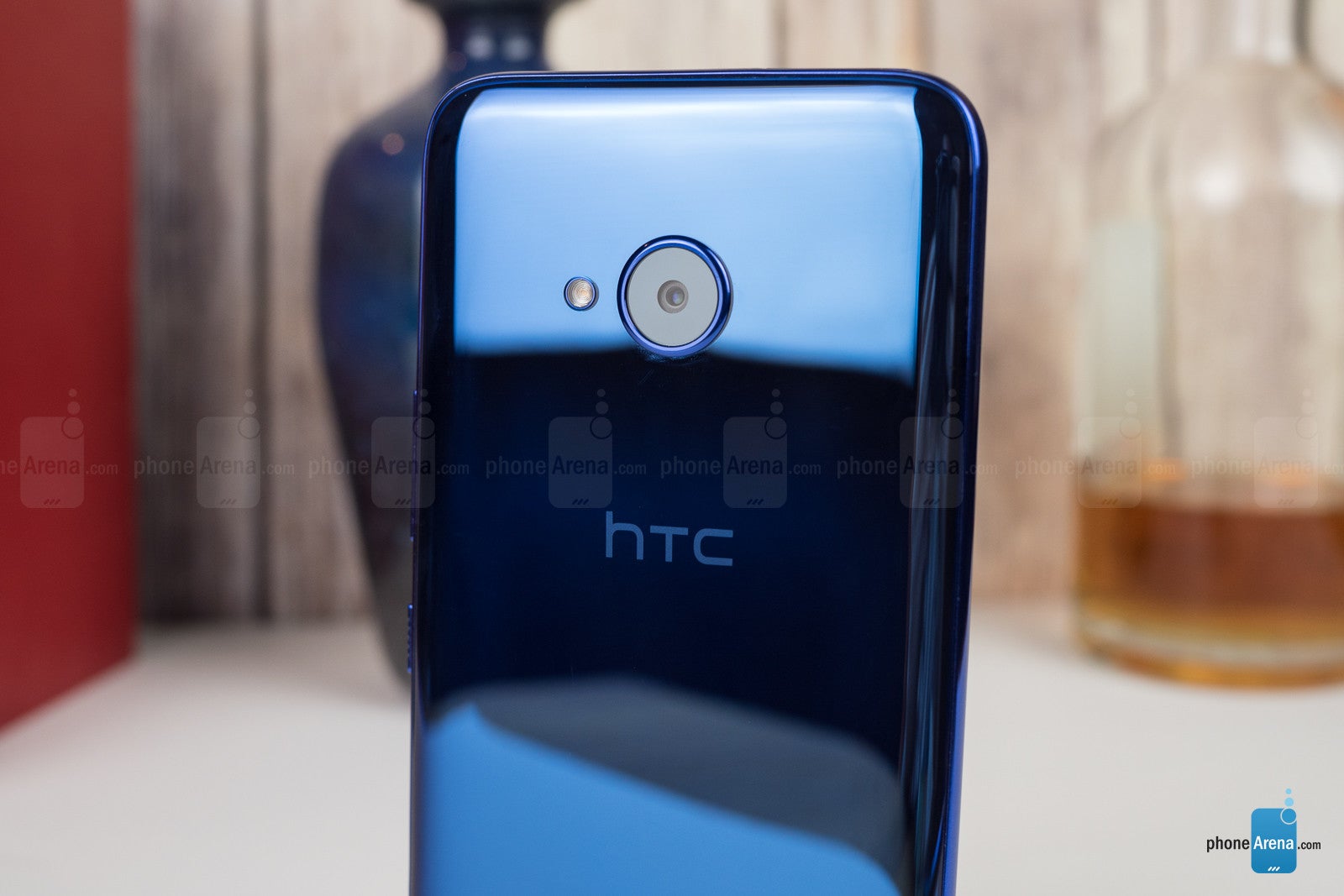
Design and display size

U11 life / U11
The U11 life is not a carbon copy of the U11. It looks the same, sure, but it's actually a smaller and lighter version, since the HTC U11 has a 5.5-inch display, while the life packs a more compact 5.2-incher.

U11 life / U11
The smaller display of the HTC U11 life also has a lesser resolution — 1080 x 1920 pixels, which means 424 pixels per inch. In other words — pretty sharp, we wouldn't mourn the lack of quad HD here.

U11 life / U11
Hardware and cameras
Of course, when we are talking midrangers, it's expected that the internal hardware is where most of the corner-cutting has happened. In the case of the HTC U11 life, we've got a Qualcomm Snapdragon 630, 3 GB of RAM, and 32 GB of storage. The "big" U11, of course, has a Snapdragon 835, 4 GB of RAM, and 64 GB of memory. So, yeah, the difference is quite obvious here.

U11 life / U11
When it comes to the cameras, you might notice that the HTC U11 life has a 16 MP sensor, while the U11 has a 12 MP one. Don't rush to the conclusion that the midranger actually has a better camera, however. As we've said time and again — it's not all about the megapixels. We do find the U11 life's camera to be nice, but it doesn't beat the U11.
Another major difference in hardware would be the battery capacity. While the flagship has a 3,000 mAh cell, the life was downgraded to 2,600 mAh one. With a less power-hungry processor and a more conservative resolution, however, it turns out the rather small cell can do pretty well. A full-day battery life is no issue with this phone, as we found in our review.
Functionality
The U11 life is the most-affordable phone to feature HTC's new "squeeze" feature — the one that calls up the voice assistant on the Google Pixel 2, Pixel 2 XL, and HTC U11. Also, since the life is not a Google phone, you can actually customize what the squeeze does, and even separate long squeezes and short squeezes as different gestures. Well, unless you live outside of the States — the phone will be launching under the Android One program internationally, which means it will bear a vanilla Android software experience. In other words, it's sort of, kind of like a cheap Pixel 2!
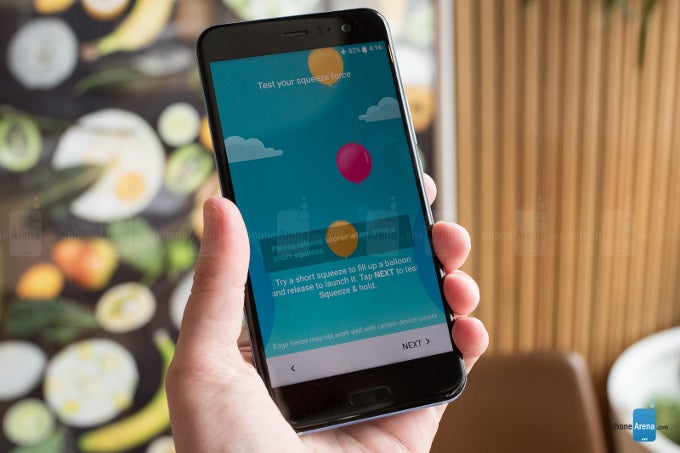
Back to the States edition of the U11 life, you get HTC Sense on top of Android 7, but HTC promises that an Android 8 Oreo update is coming in the next 30 days.
The U11 life also has the Amazon Alexa assistant built in, but you can't wake it up with "Hey Alexa", like you can on the "big" phone — you need to assign it to the squeeze trigger.
Conclusion
There used to be a "mini" trend in smartphones a while ago — manufacturers would launch a "Mini" or "Light" version of a recently-released flagship phone. They were supposed to be more affordable versions of the top-tier phones, but most of the time, they were severely underpowered and a bit overpriced for what they offered. It's no wonder that trend died.







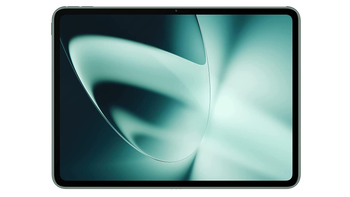
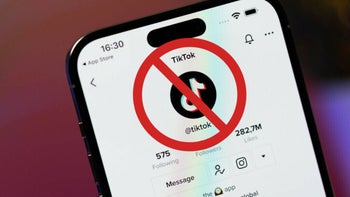



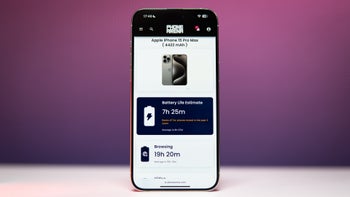
Things that are NOT allowed: